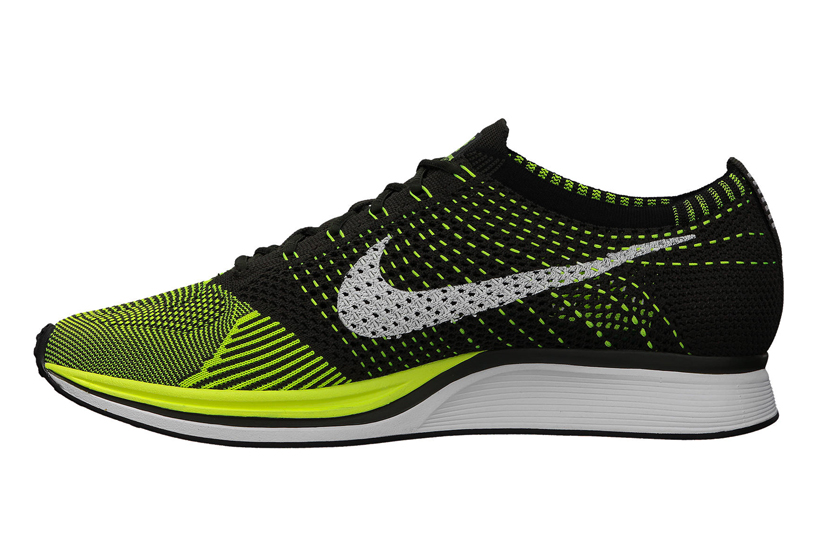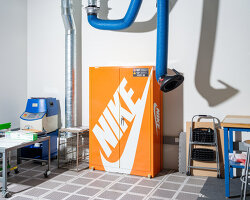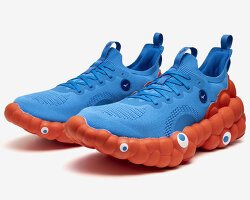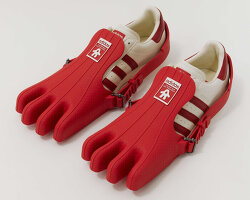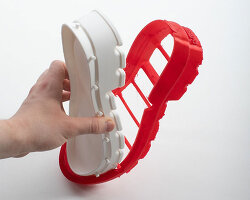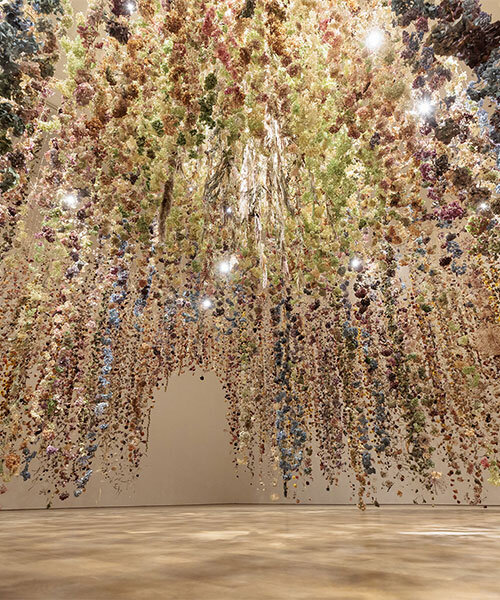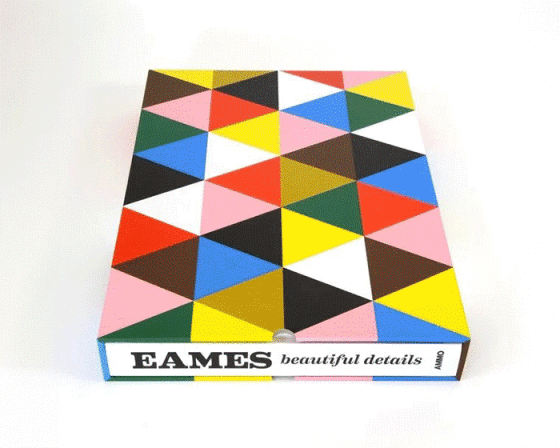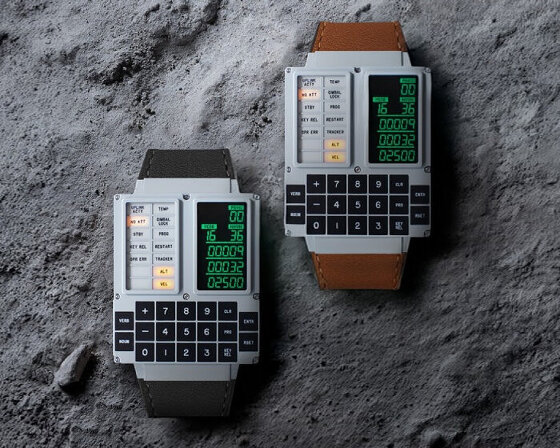KEEP UP WITH OUR DAILY AND WEEKLY NEWSLETTERS
from modernist masters to avant-garde pioneers, these books reveal how power couples transformed design history.
connections: +240
the biologically grown interactive device can integrate into various aspects of daily life -- from keyboards and wearables to architectural components.
connections: +160
material-wise, the design team uses CNC micro-machined stainless steel for the case with a military-grade ceramic coating.
connections: +460
the removable four-toed ‘gloves’ of the superfinger superstar can also be used as bags or be attached to other shoes.
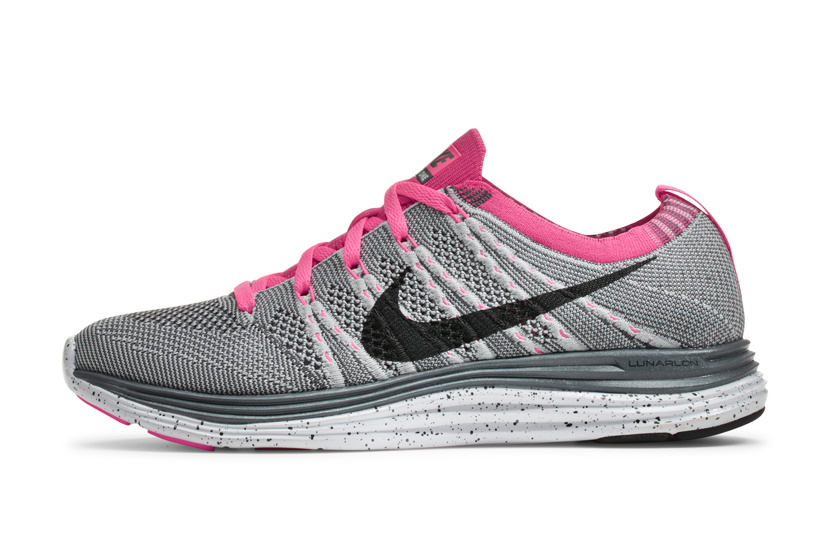
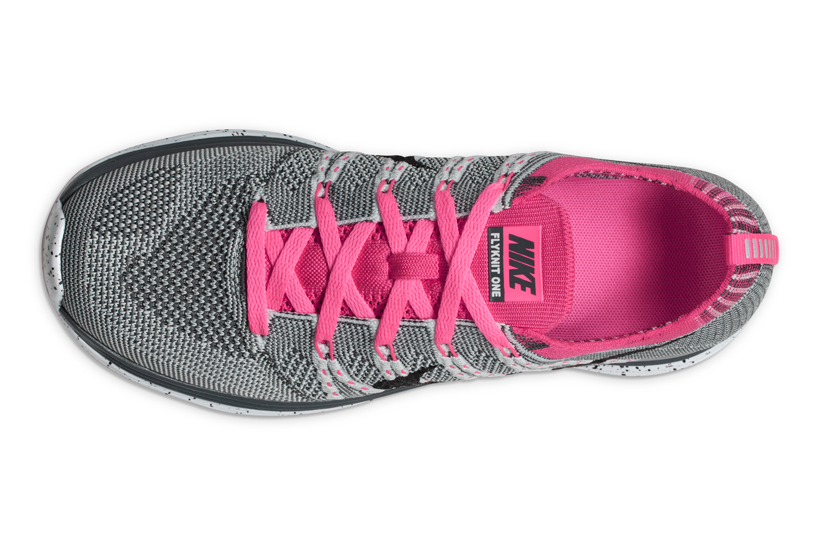 top view
top view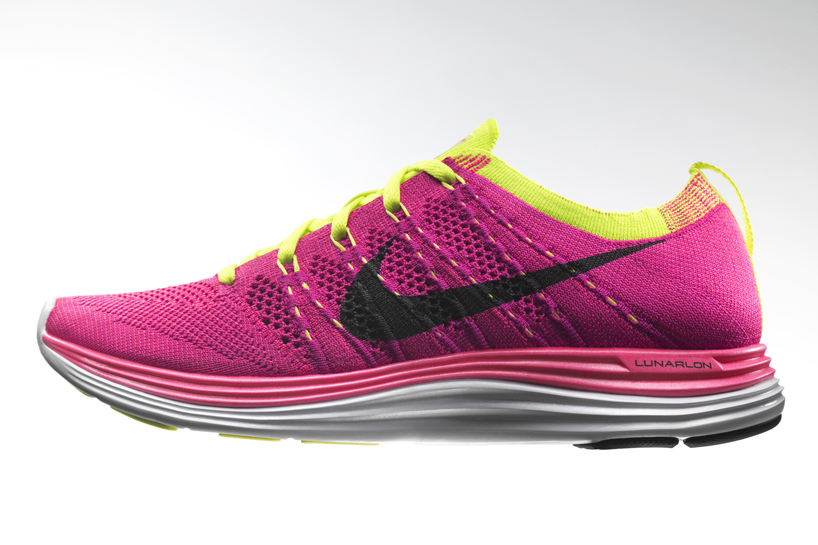
 detail of the knit composition
detail of the knit composition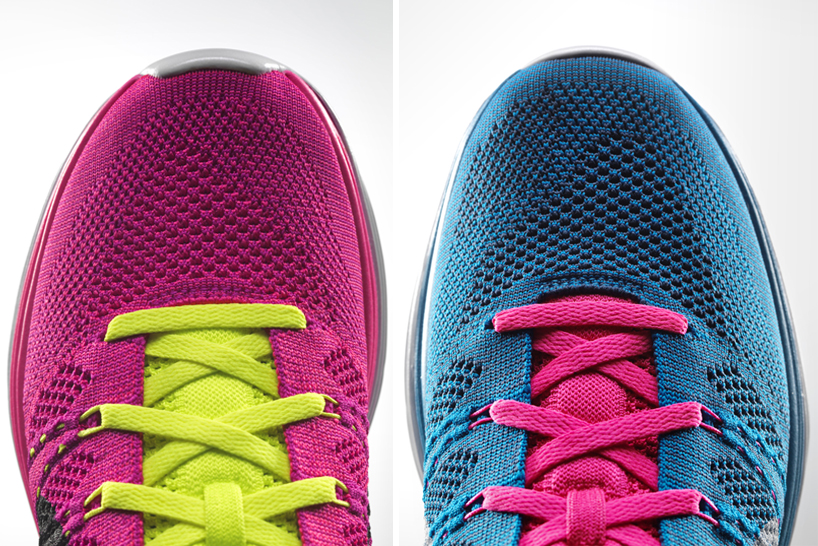 toe box
toe box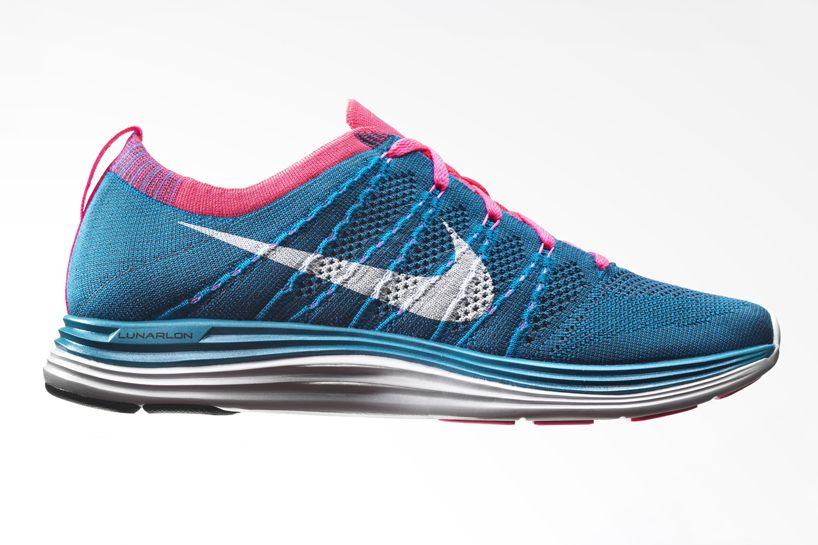
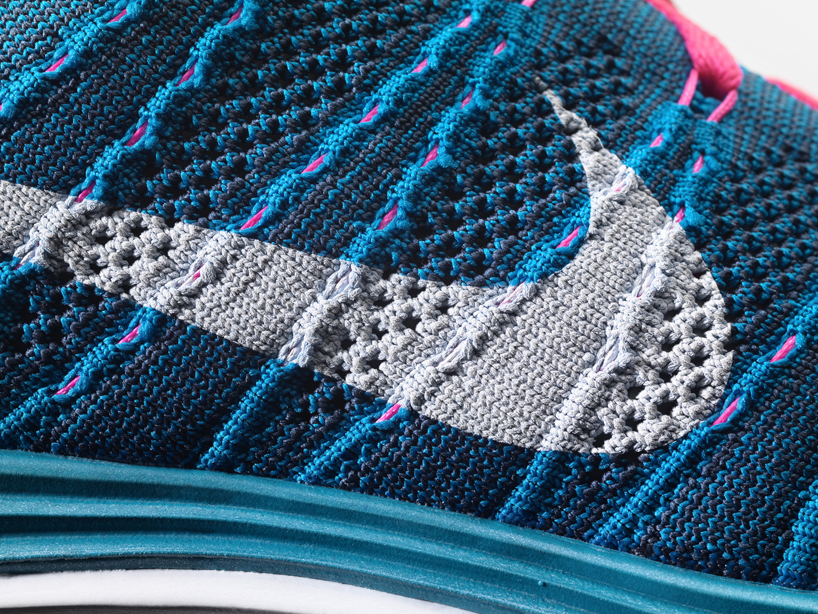 the flyknit is made from a single knit layer
the flyknit is made from a single knit layer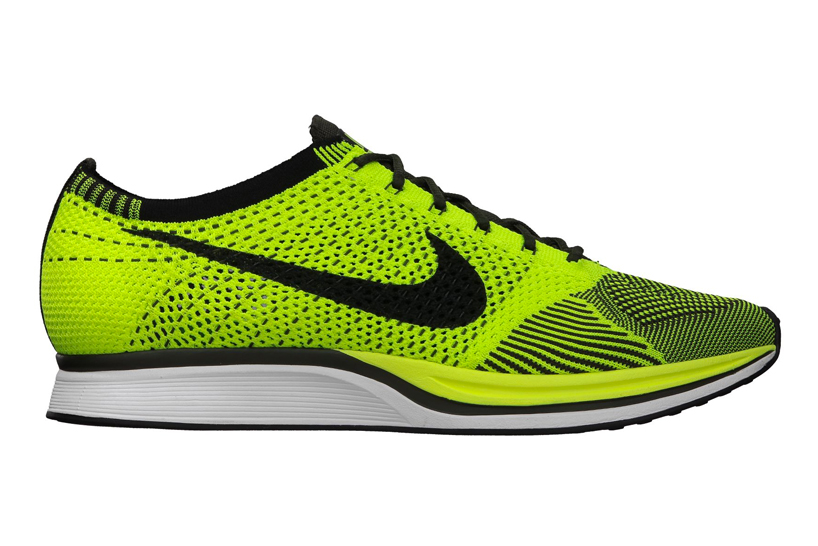 profile of neongreen/black flyknit
profile of neongreen/black flyknit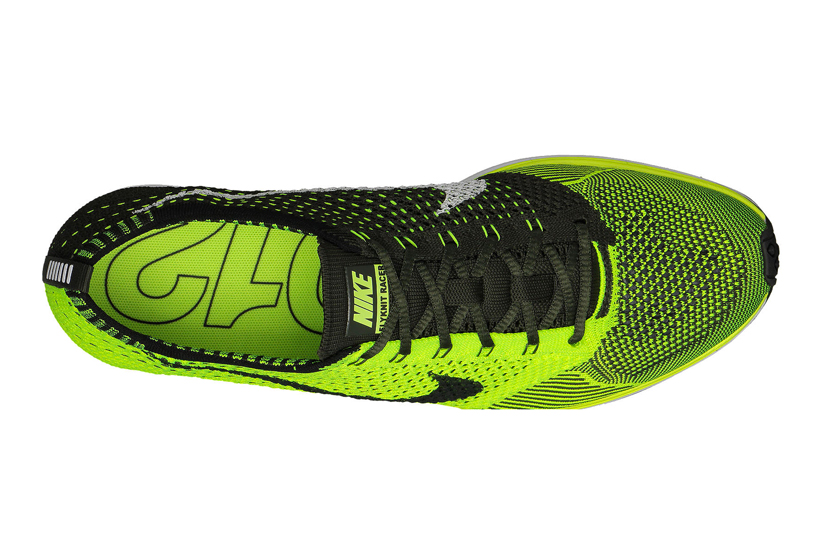 top view
top view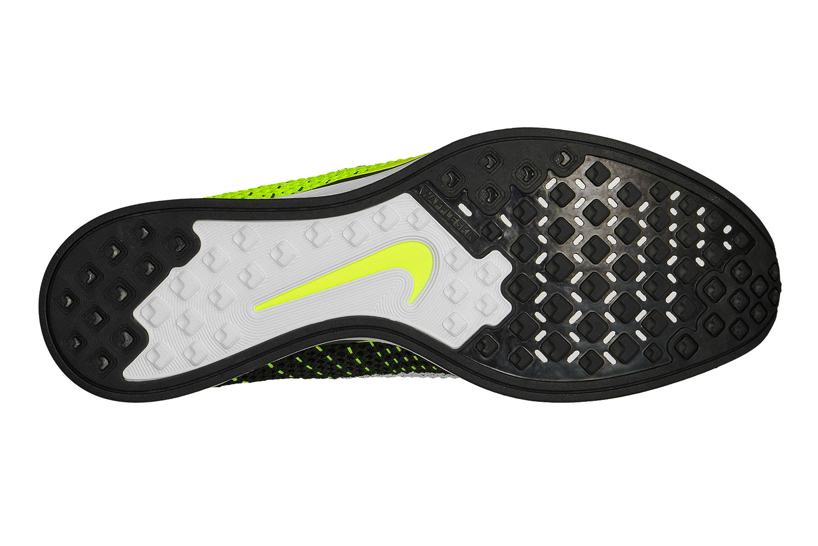 sole
sole